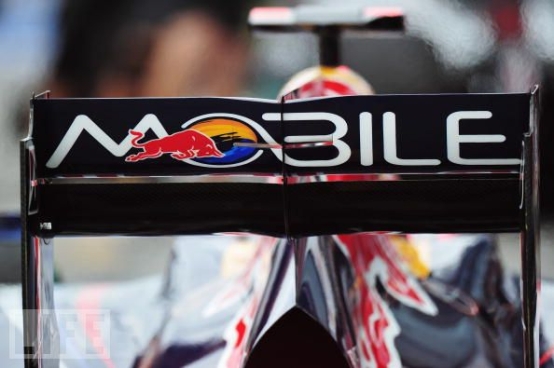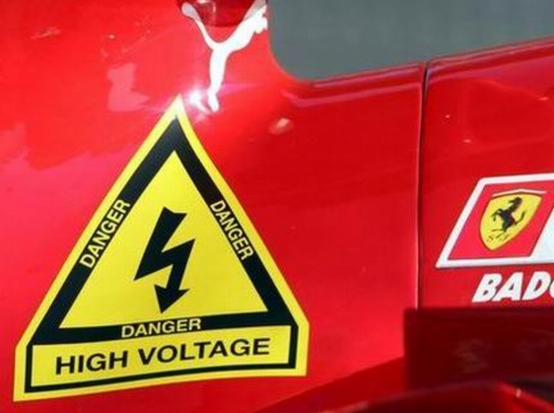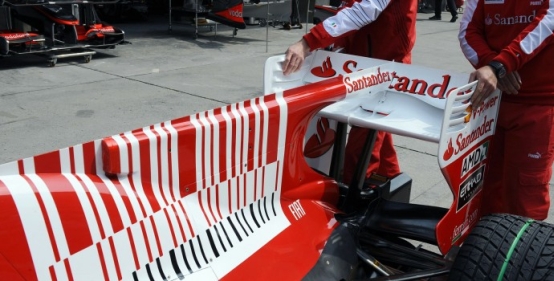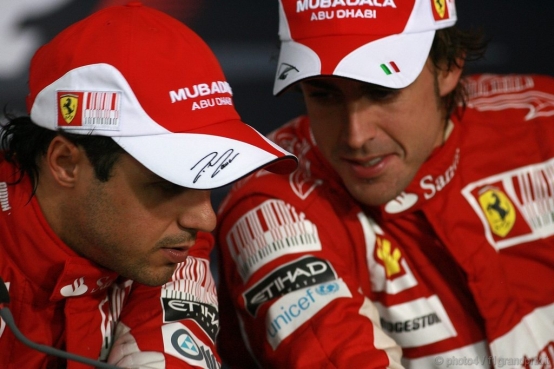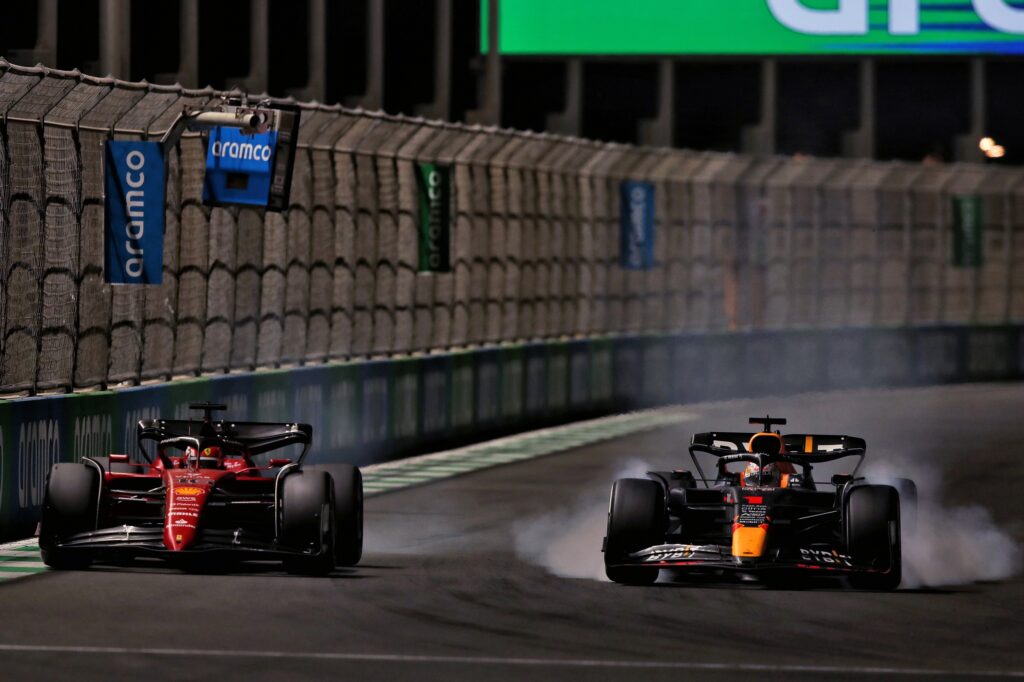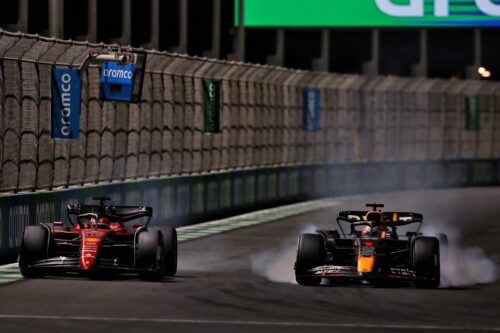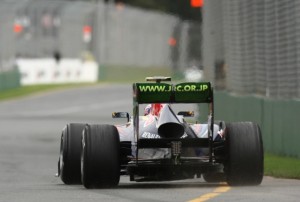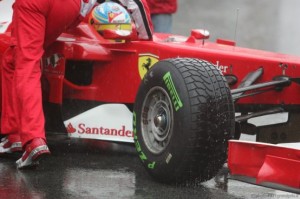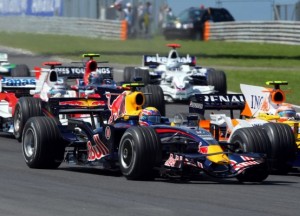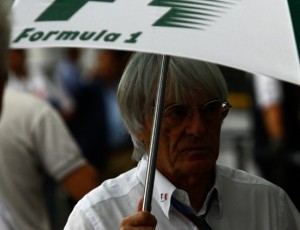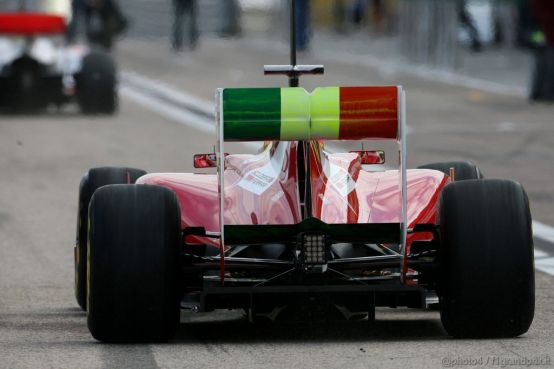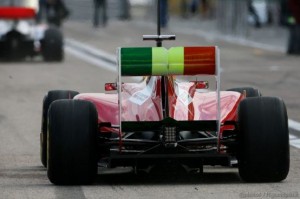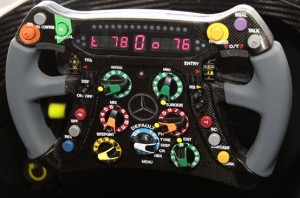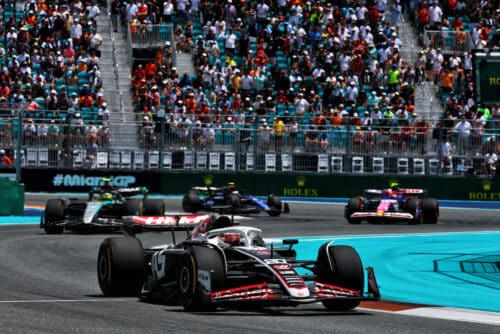New Rules: confirmations from the FIA for 2011 and 2013

Confirmations have arrived regarding the new rules for 2011 and 2013 from the World Council of the International Automobile Federation.
As for 2011, the mobile rear wing will be introduced and we will see the return of the KERS, in force in 2009 and 'suspended' for 2010.
As we know, the sole supplier of tires will be Pirelli, replacing Bridgestone which abandons after more than 10 years of service.
Also gone is the ban on team orders, which made the summer of 2010 hot with the incident at the German GP between Felipe Massa and Fernando Alonso.
Other important innovations concern the use of the gearbox for 2011 grand prix from 5 and the adaptation, from 2013, of the engines to the 1.600 cc, 4-cylinder, turbo displacement.
After the adaptation to the 2.4 V8 of 2006 it goes down even further. Will we get smaller engines than those in our small cars? (it's a joke, obviously, even with certain engine sizes you can have hundreds of horsepower)
But let's go in order:
Mobile rear wing
From next year, after the front wing, the rear one can also be adjusted directly by the pilot. With limits. The adoption of this solution is aimed exclusively at overtaking maneuvers. The wing can only be adjusted when the disadvantage compared to the pilot in front is less than second. Doubts therefore arise: how will the driver following be sure of being under a second behind? Will he be warned with a warning light on the steering wheel? Will he have a sight like on fighter jets? We then imagine the complaints in case of inappropriate use according to someone..
Return of the KERS
Sometimes they return: after the interlude of 2009, in 2011 KERS, the 'Kinetic Energy Recovery System', will return to the scene.
There's a lot of talk about cost reduction and KERS is back. Go and understand what they think in the Federation. For those who don't remember the use of this mechanism, KERS in simple terms is nothing more than a battery that stores the energy created by the violent braking of the single-seater, and then discharges it in the form of driving power (a plus of around 80hp) for a limit set at around 7 seconds per lap of the track. Everything is operated by a button on the pilot's steering wheel.
In relation to the return of the Kers, the minimum weight of the cars will increase from 620 to 640 kg.
Abolition of the F-duct
For a return worth millions of euros, an abolition worth a few thousand. The F-duct, the rear wing 'stall' mechanism developed first by Mclaren and subsequently by other teams, will be abolished from next year. This innovative system therefore had a short life, only a few months. The main reason for this abolition appears to be a concern regarding the safety of pilots. The duct created inside the cockpit had to be 'closed' with the back of a hand (reinforcements on the gloves were also seen) or a knee, which forced Vettel and his companions to travel entire seconds of the track holding the steering wheel with one hand. single hand.
Small consideration in this regard: during the year, Mercedes developed a further evolution of this system, totally automatic and therefore without the need for interaction on the part of the driver (which then failed to work on several occasions, as Schumacher recently declared , that's another matter). Wouldn't it have been enough to make it mandatory in an automatic version instead of reintroducing KERS, which is expensive in economic terms and much more dangerous in terms of safety due to the electrostatic discharges it can release?
Goodbye double diffuser
The 2009 made in BrawnGP must have worried the Federation a lot. In fact, from 2011 the 'hole with the diffuser around it' which made the fortune of Ross Brawn's team last season will be banned.
This solution, which bypassed one of the many holes in the technical regulations, had allowed Jenson Button to make a breakthrough at the beginning of 2009, winning 6 of the first 7 races and, let's remember, without using the Kers. From mid-season onwards the development of the other single-seaters had leveled the values, also bringing out Red Bull which, in turn without a diffuser and without Kers, had been the only team to worry BrawnGP at the end of the season.
The controversy, which lasted throughout 2009, therefore led to the decision to abolish this system starting from 2011.
Article 39.1 deleted
Article 39.1 relating to the ban on team orders has been eliminated from the 2011 regulations. The scene at Hockenheim probably had the desired effect for many professionals and fans. The (silly) rule was inserted in 2003 after the Zeltweg incident between Schumacher and Barrichello the previous year. Therefore, from next year, all teams will be free to give team orders to their drivers during the race, with the most preferred means of communication and without the need to 'hide' the instructions with more or less subliminal messages.
107% return on qualifying
After a long time, the rule that will exclude from the starting grid the cars with a qualifying time greater than 107% compared to that of the Pole is back. We believe more details will arrive on the application of this rule, which however goes against the trend with the ban on private tests. Last year we tried at all costs to 'fill' the grid with new teams, without allowing them to test and improve their performances. As we have seen, especially with regards to HRT, there has been very little progress during the year. Now it reaches 107%. Will the slowest teams make it to the start in at least half of the scheduled grands prix?
Considerations
As usual, the FIA always gives us new contradictions regarding its regulations.
We've been talking about cost reduction for years. The 'worst' results from a sporting point of view were the freezing of engine development and the ban on testing, which significantly penalized those who made development their strong point during the year and the small teams which thus did not have way to grow.
On the contrary, details have been introduced (such as the KERS) which have forced the teams to invest millions of euros, in addition to the various mobile wings (first the front, now also the rear) which have and will require months of study. Kers solution, among other things, which will replace the F-Duct together with the mobile wing, abolished for safety reasons when it could have been made mandatory in the automatic version (we said it before when talking about Mercedes) and would have entailed definitely lower costs.
Not to mention that the limitation of track tests has led to the adoption, by the most important teams, of factory simulators which do not replace track tests but still provide a lot of useful data. Still on the subject of testing and cost reduction, the solution of 'copying' MotoGP was never taken into consideration, which often stops a day or two after a GP on the same track to test, with notable economic savings compared to to a test on a different track. The return journeys are the same, the material is the same, economically you have just the 'weight' of one or two more days of accommodation.
Returning to the safety issue. The f-duct was abolished because it was not easy for pilots to manage in the manual version. Beyond the possibility of making it automatic, in 2011 pilots will have two new buttons/handles. One for the Kers and one for the rear movable wing (in addition to the one for the front).
Now: let's imagine the situation of an overtaking with driver B behind driver A. We are on the Barcelona straight, a rather long one. Driver B has to overtake, he knows he is less than a second behind the person in front (however we don't know, we'll find out...) and decides to pass. At this point, he must activate the rear mobile wing and the KERS, then he must start playing with the steering wheel at 300 per hour with buttons and manettinos while, in the slipstream, he approaches his opponent. Don't you think it's a bit too cumbersome and dangerous, more so than with the F-duct? Yes? Now think about all this on the Monte Carlo straight.
Alessandro Secchi – F1Grandprix
if you want to always be updated on our news
Follow us here
